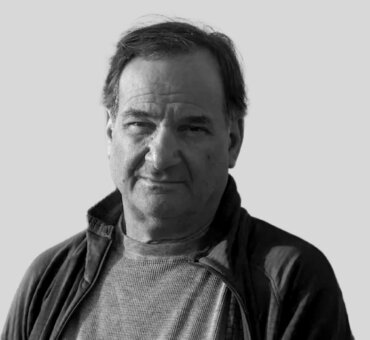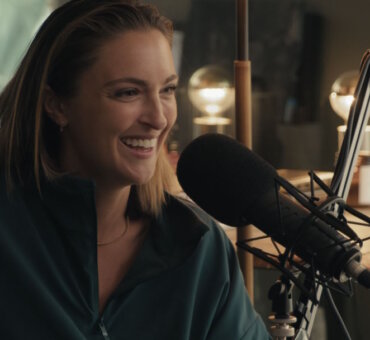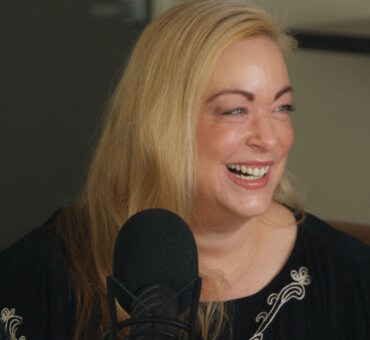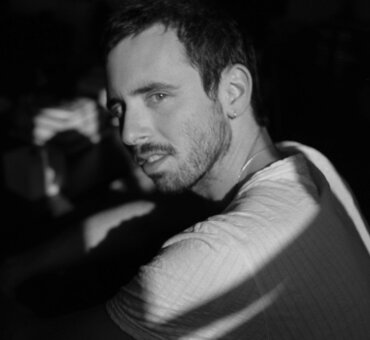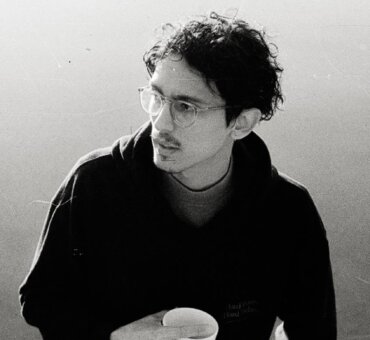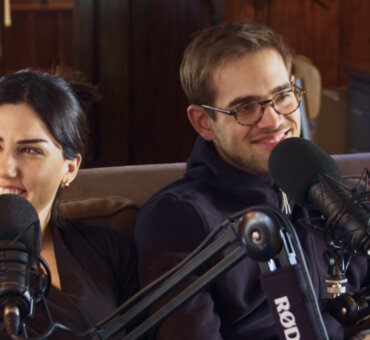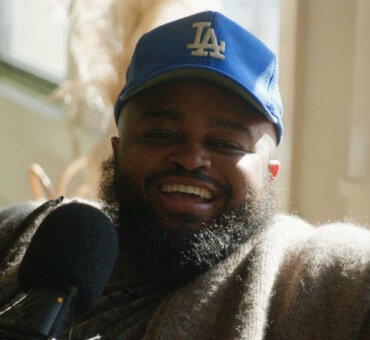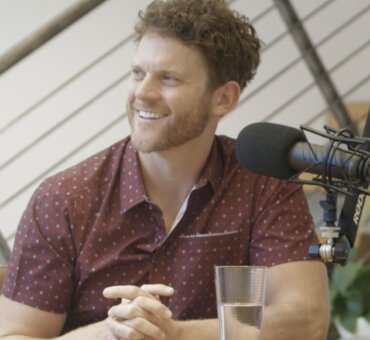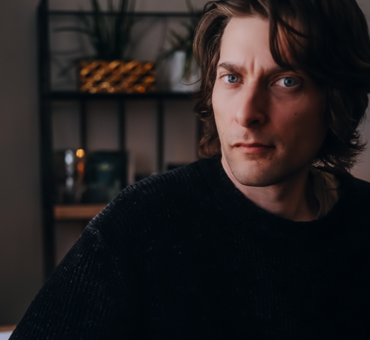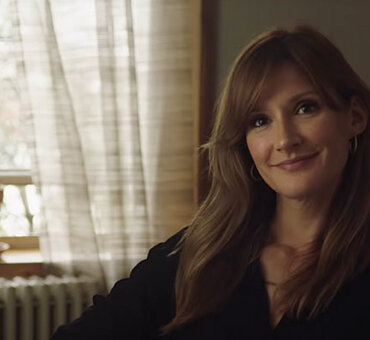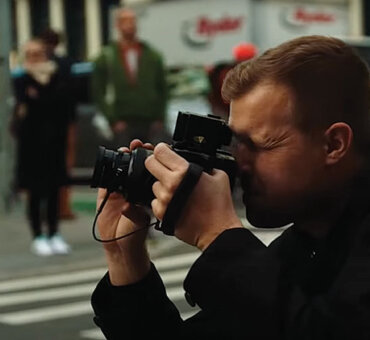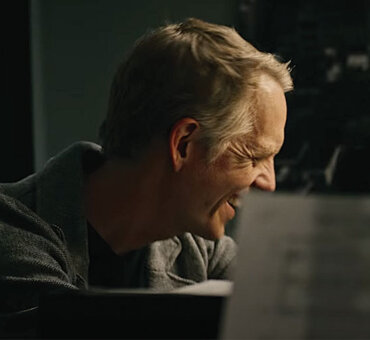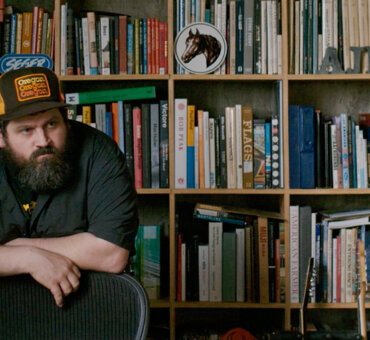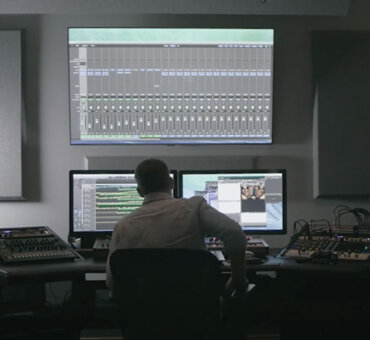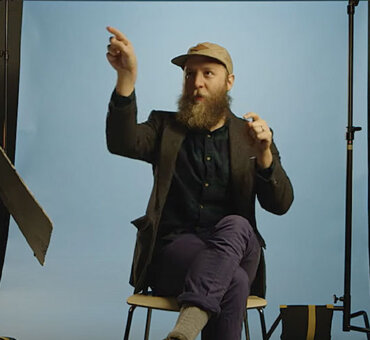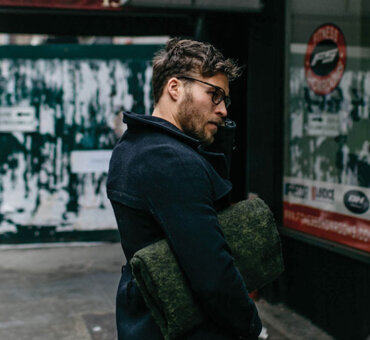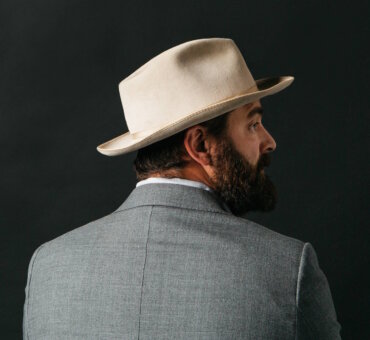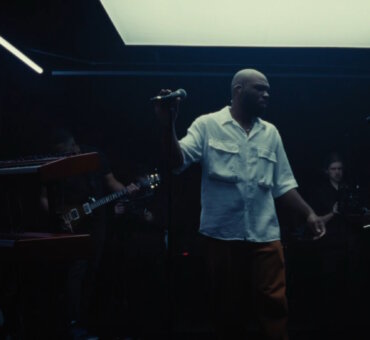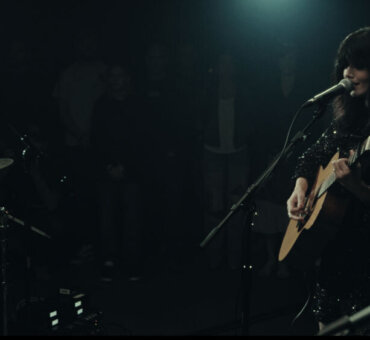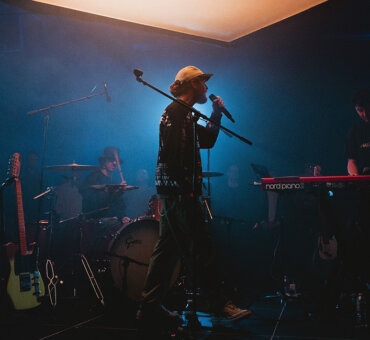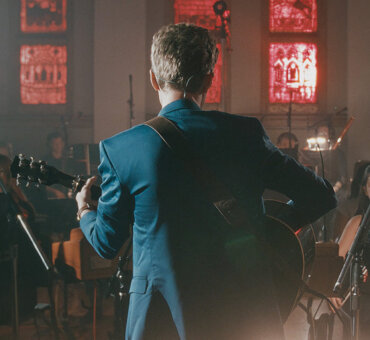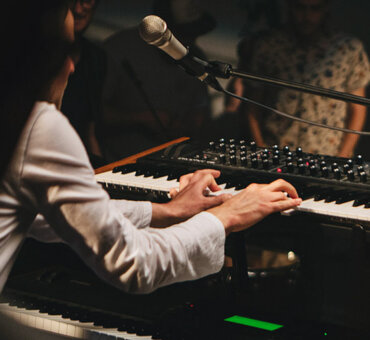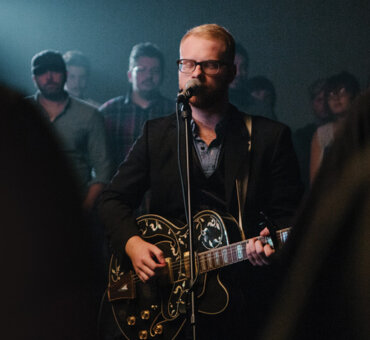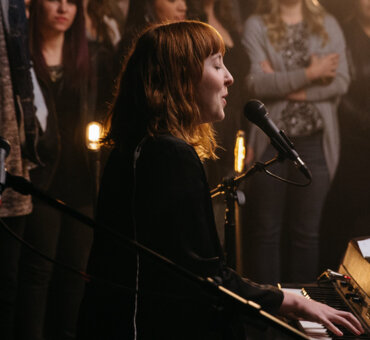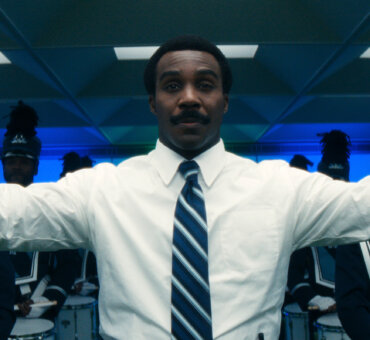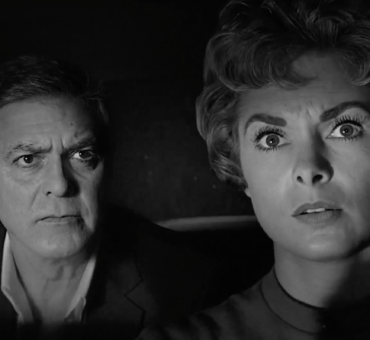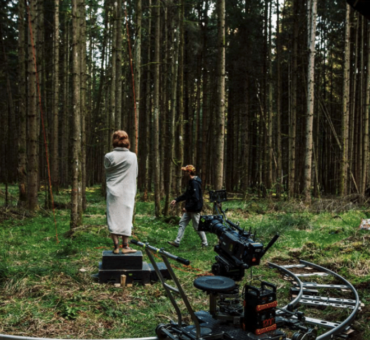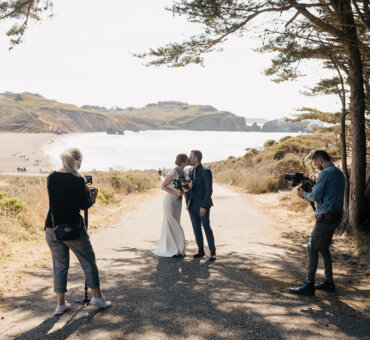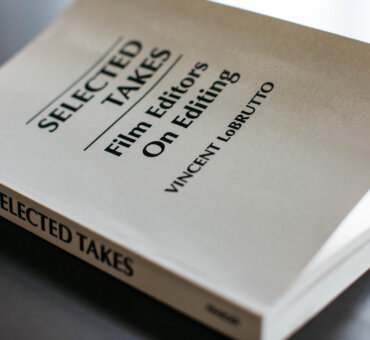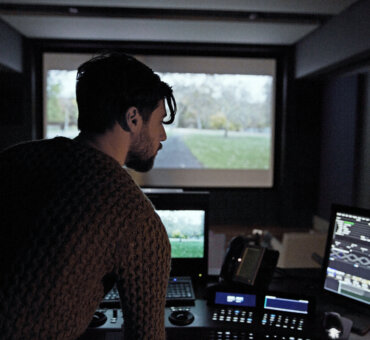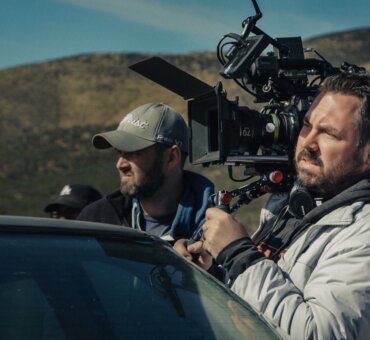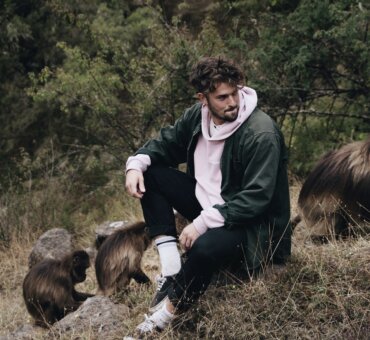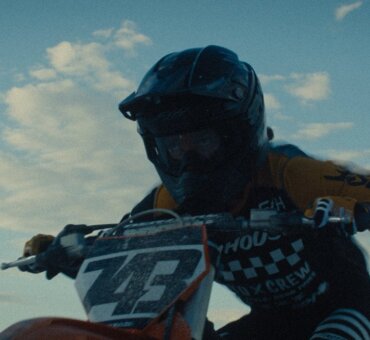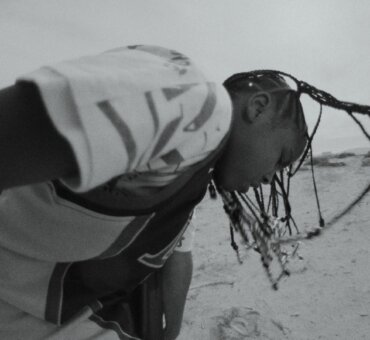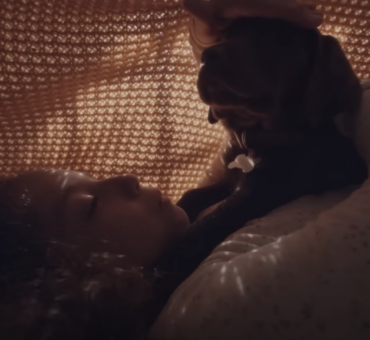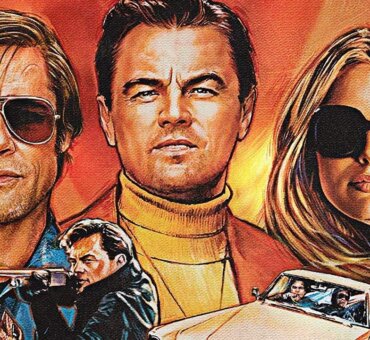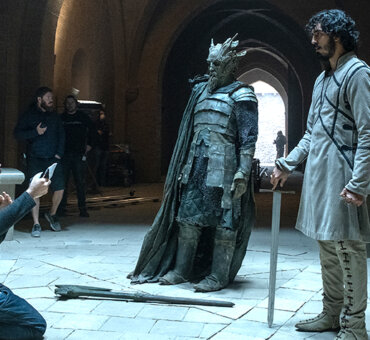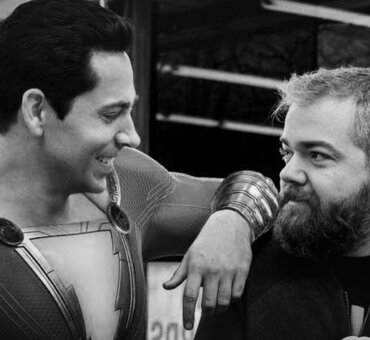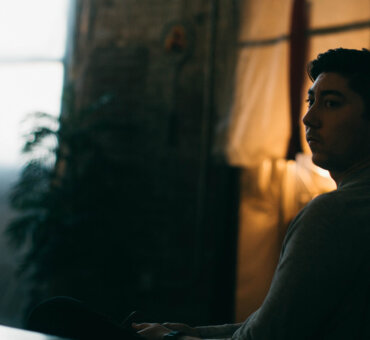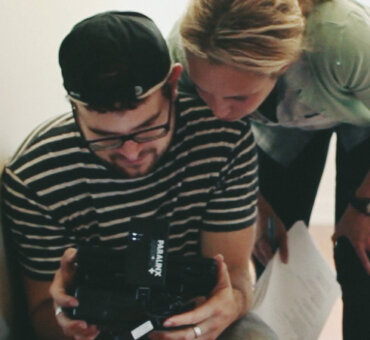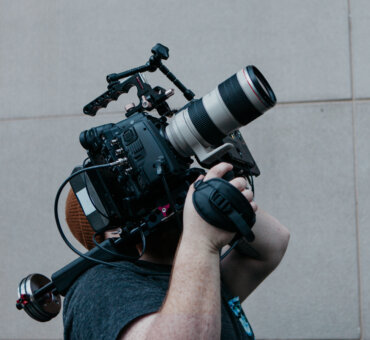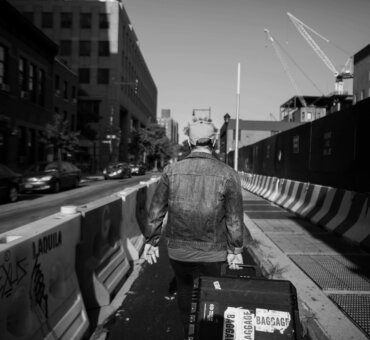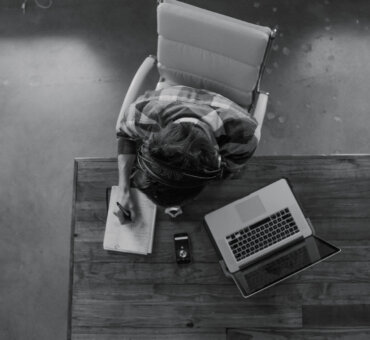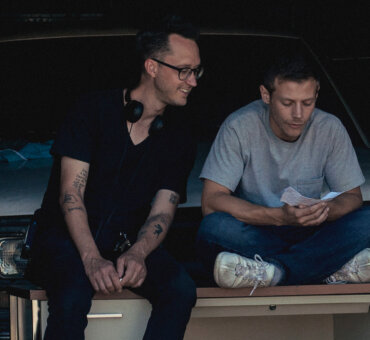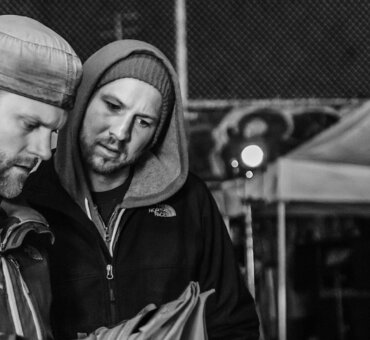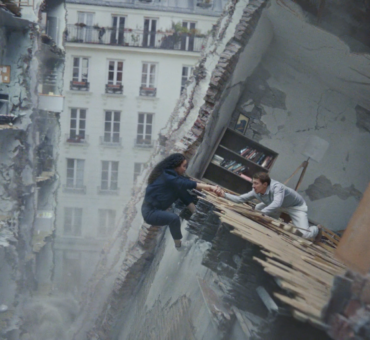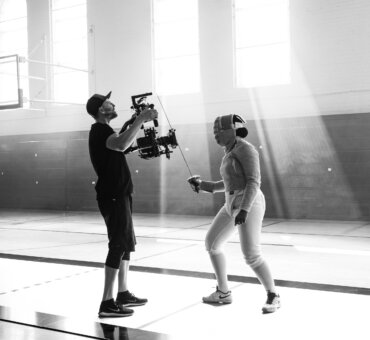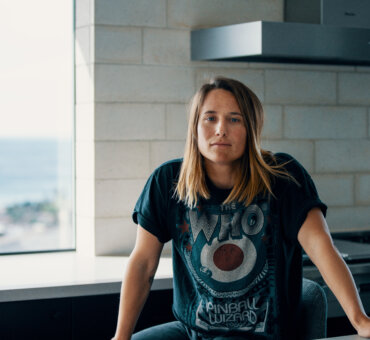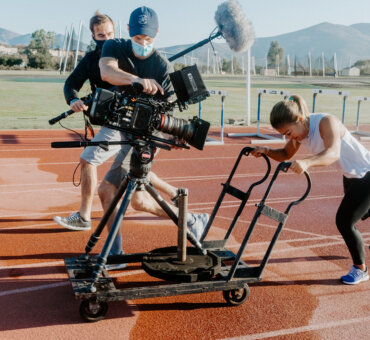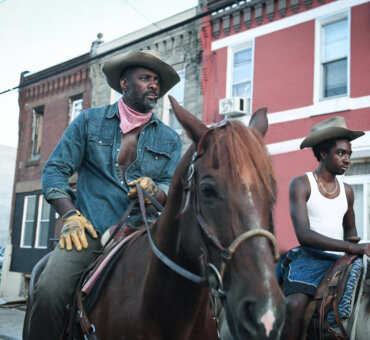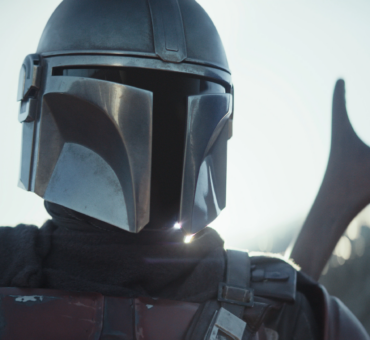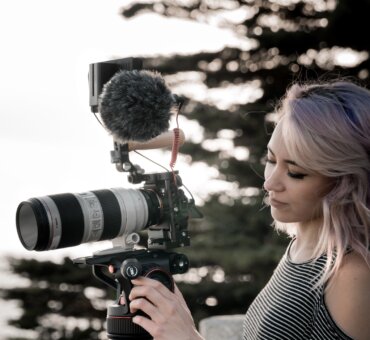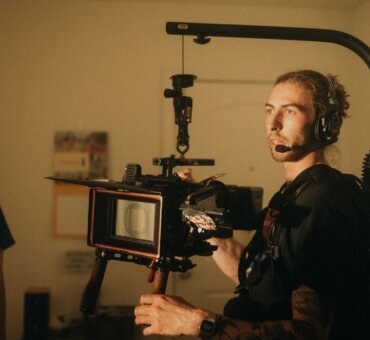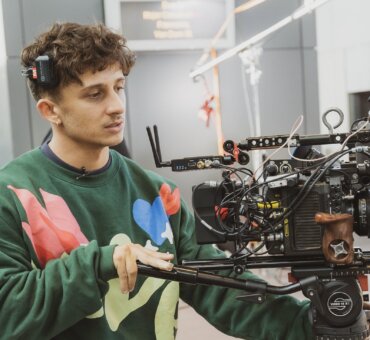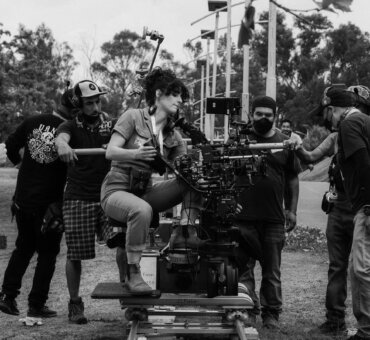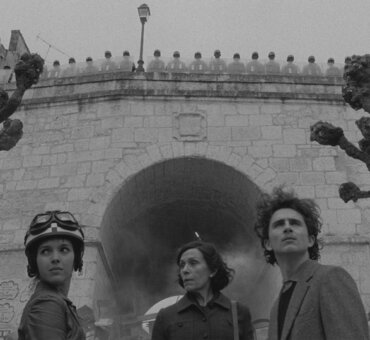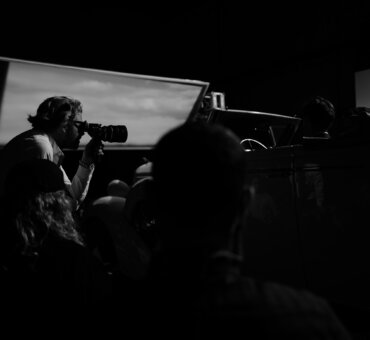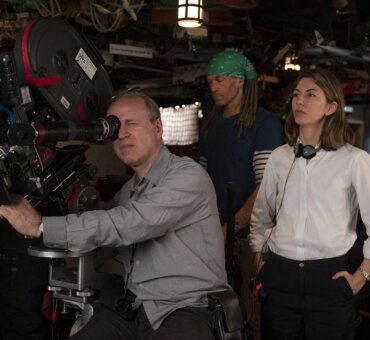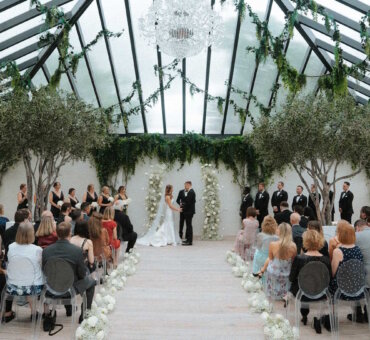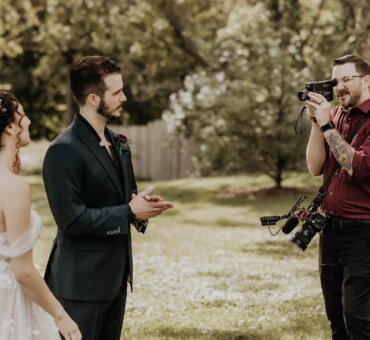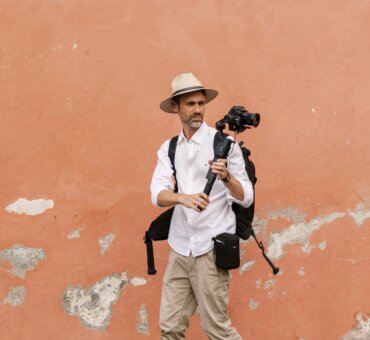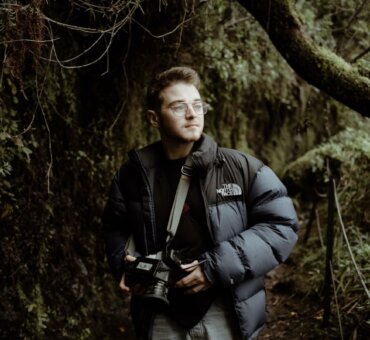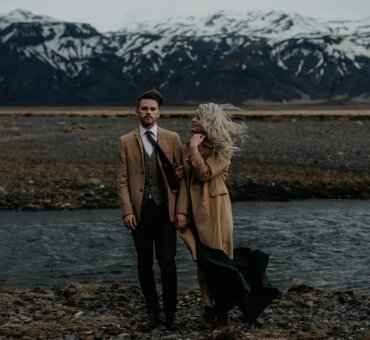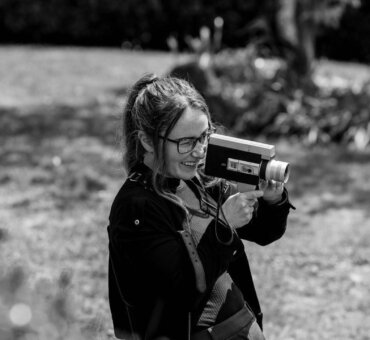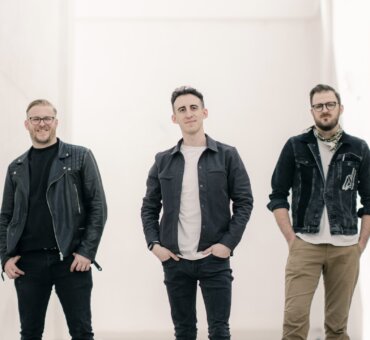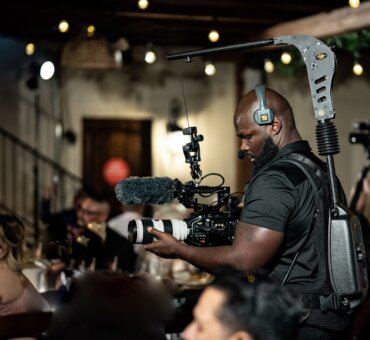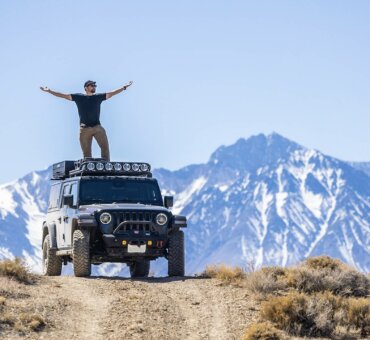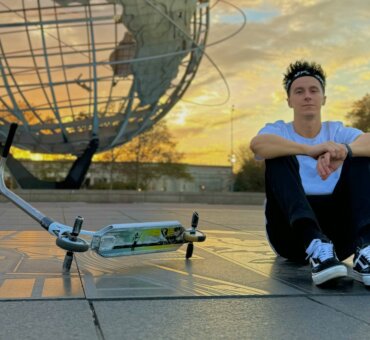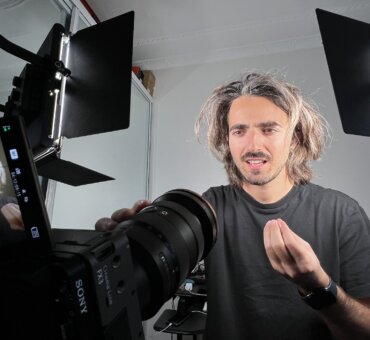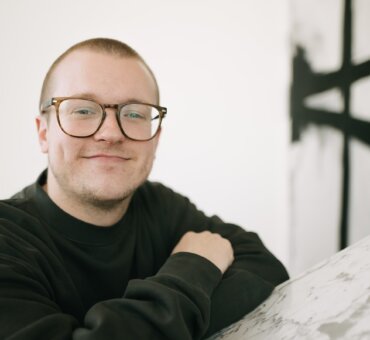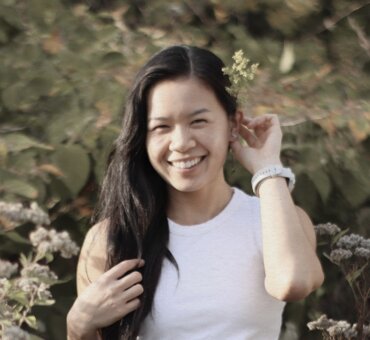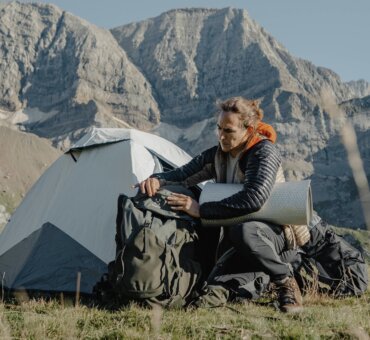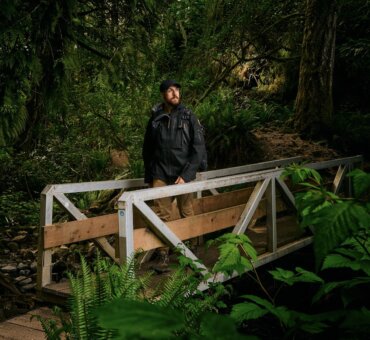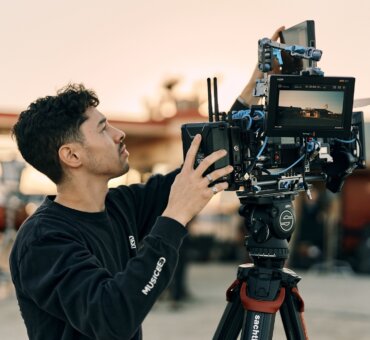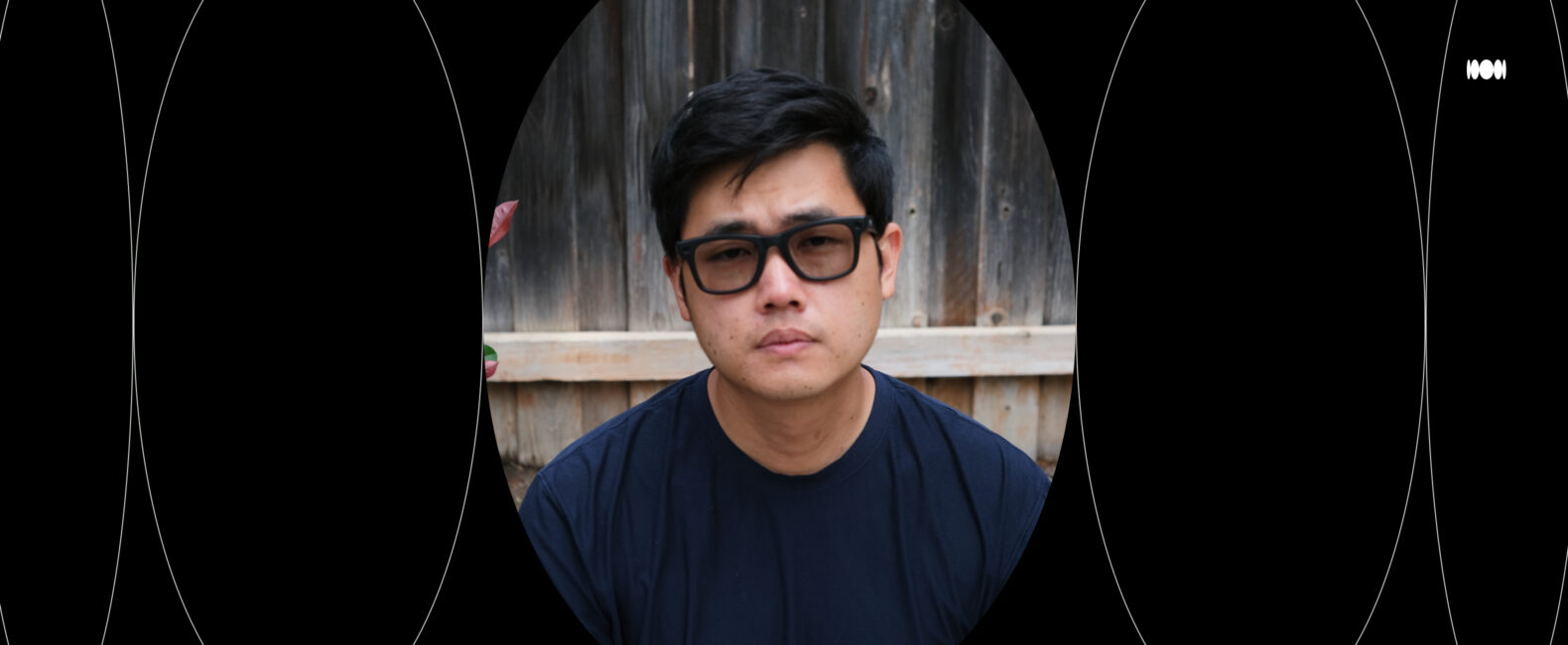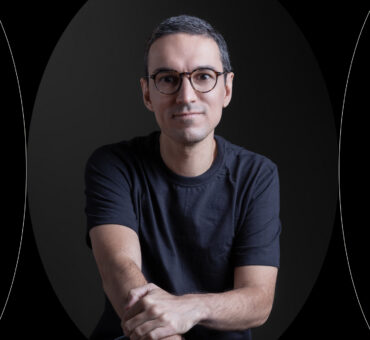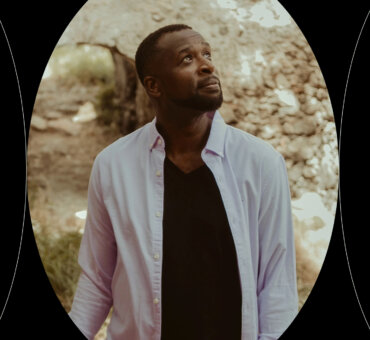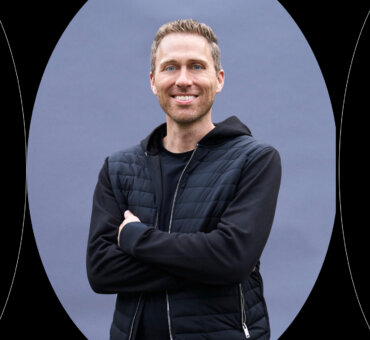For filmmaker Solo Koo, creativity has always started with a feeling. Before the shot list, before the script—there’s a flash of a scene, an emotion, a vision that needs to get out of his system.
That instinct has shaped his approach to filmmaking, storytelling, and especially the way he pairs music with visuals.
In this conversation with Musicbed, Solo dives into the moments, mentors, and methods that have defined his craft—and how music and emotion have been central to it all.
MUSICBED: What initially sparked your interest in filmmaking?
Solo Koo: Since I can remember, I would get glimpses of visuals and scenes playing out in my mind. Filmmaking became the best avenue for bringing those visions to life.
Expressing some of these emotions through visual storytelling has always been an innate passion, almost an impulse to get it out of my system. It’s been a way for me to process and express emotions I can’t quite put into words.

That emotional connection is what got me hooked in the first place: turning an idea into something real, something that brought real human connection
Who in the industry do you think does a really great job at music selection? Which projects of theirs have left a lasting impression on you?
Solo Koo: I draw a lot of inspiration from the work of Salomon Ligthelm and Ryan Booth. The music selection for their projects always feels naturally intertwined as part of the story, cinematography, and overall visual tone.
I think a piece gets really elevated when the music supports the visual as an ambience layer instead of just as a track continuously playing in the background. It’s something I’ve been very intentional about in my work.
RELATED READS: The Currency of Ideas: Director Salomon Ligthelm on Sparking Creative Breakthrough
Talk to us about some of the most pivotal moments or projects that have shaped your career.
Solo Koo: I would say my career has been shaped more by a series of experiences and seasons than by any single defining project.
One of these seasons was when I made the decision to leave a traditional 9-5 job to pursue filmmaking full-time. That shift gave me the time, space, and creative pressure I needed to really hone in on developing my craft.

Over the years, what has truly left a lasting impact and been formative to my career are the projects that have pushed me out of my comfort zone—creatively, physically, and emotionally.
When you’re going through a season or a project, it often may seem insignificant at first, but the seed you plant along the way often will resonate down the line and open up unexpected pathways.
RELATED READS: Taylor Kavanaugh on Storytelling, Taking Risks, and Fostering a Culture of Creativity
For me, it’s been less about one breakthrough and more about crafting your creative voice and staying committed to the journey.
What’s your process for pairing music and cinematography in post?
Solo Koo: Music has always been central to my creative process. Not only does it set the tone for the cinematography, but it often helps define the entire vision.
I know of many creatives who start the process by drafting the concept or a story and then find the track that fits it.
For me, it’s been the other way around: I will find a track that inspires me. This usually sparks the visual, a specific shot, or a moment that I then develop into a larger concept.
Have you ever changed your shooting style to fit a music idea?
Solo Koo: Absolutely. I often build my shot list around the tone and rhythm of the music. This directly influences the camera movement, lens choice, and pacing.
The goal is always to craft a piece that is seamless. I don’t want the audience to analyze the piece. I want the piece to engage them and make them feel something.
RELATED READS: The Art and Science of Music Selection With Joanna Batemits
What’s something you’ve seen lately where the music really elevated the storytelling?
Solo Koo: While it’s not something I saw recently, a piece that’s stayed with me over the years is Sleepwalking in the Rift by Cary Joji Fukunaga.
The film relies heavily on music, sound, and visuals rather than dialogue to tell the story, which is what I’m most drawn to.
The music supports the narrative but also carries emotional weight, enabling the viewer to feel the characters and their journey without needing to explain it through dialogue.
Who has been a major influence or mentor in your career, and how have they impacted your approach to work
Solo Koo: Creatively, no director has shaped my approach to storytelling more than Terrence Malick. His work perfectly captures what I mentioned earlier—letting the audience feel something rather than just being told.
The way he uses direction, camera movement, and his overall storytelling tone—that’s where his films really stand apart.

My dad’s qualities influence the other part of how I approach my work. He’s instilled in me from a young age that boldness is the true driving force behind any success and that it is far better to be bold in whatever you do than to be skillful or talented at something.
You don’t need every resource lined up to move forward. Being bold means approaching your endeavors with courage. It means being vulnerable and laying down your ego, because ego is the number one killer of creativity and meaningful progress.
RELATED READS: Ideas, Music, and Movement: Director Terrence Malick As Choreographer
This mindset has been a guiding principle in both my work and personal life.
What does music/sync licensing look like in five years from now? Anything that makes you excited? How about things that make you nervous?
Solo Koo: I think the music licensing process will become much more streamlined and customizable. Creatives will likely have access to tools that not only help them discover the right track faster but also allow them to adjust and fine-tune the track to better fit their specific project.
That level of flexibility is exciting, especially for independent creators.
What makes me a bit nervous is how this could impact the value of originality and the role of human creativity in the process.
The challenge will be finding a balance between efficiency and preserving the artistry behind the music. There will always be the ‘art vs. commerce’ push-and-pull.
RELATED READS: The Passion Behind Cody Fry’s Music
What about Musicbed stands out to you? Why would you recommend Musicbed as a resource for creatives?
Solo Koo: I’ve always seen Musicbed as top of its class in music licensing.
When I was just getting started in my career, it was one of the few resources I truly leaned on for creativity. The quality and emotional depth of the songs in their collection are unmatched.
I’ve tried many other platforms over the years, but I still find myself coming back to Musicbed.
What also sets Musicbed apart is their understanding and empathy for the art of filmmaking and creators. I remember subscribing to their Film + Music print magazine early in my career. I’d study up on the featured artists and learn about the filmmakers and their journeys.
It felt like they weren’t just a licensing platform but a creative community to which I felt a deep connection as a storyteller.
That connection continues to make them a go-to resource for me and one I consistently recommend to others in my creative network.
Music Curated by Solo Koo
Here’s what’s playing when Solo Koo gets in the zone creatively.
